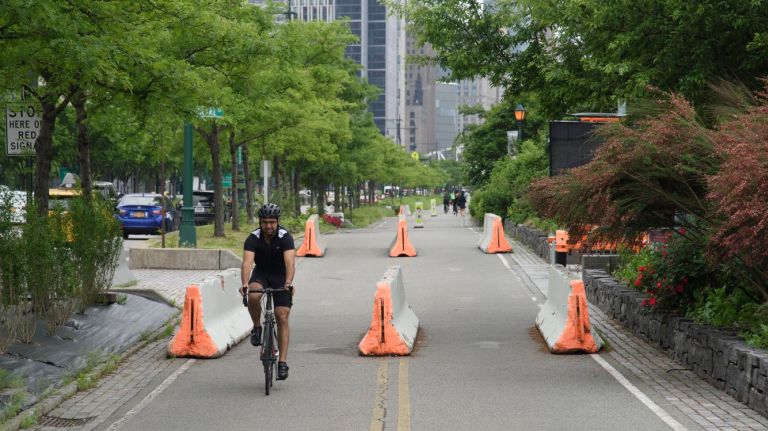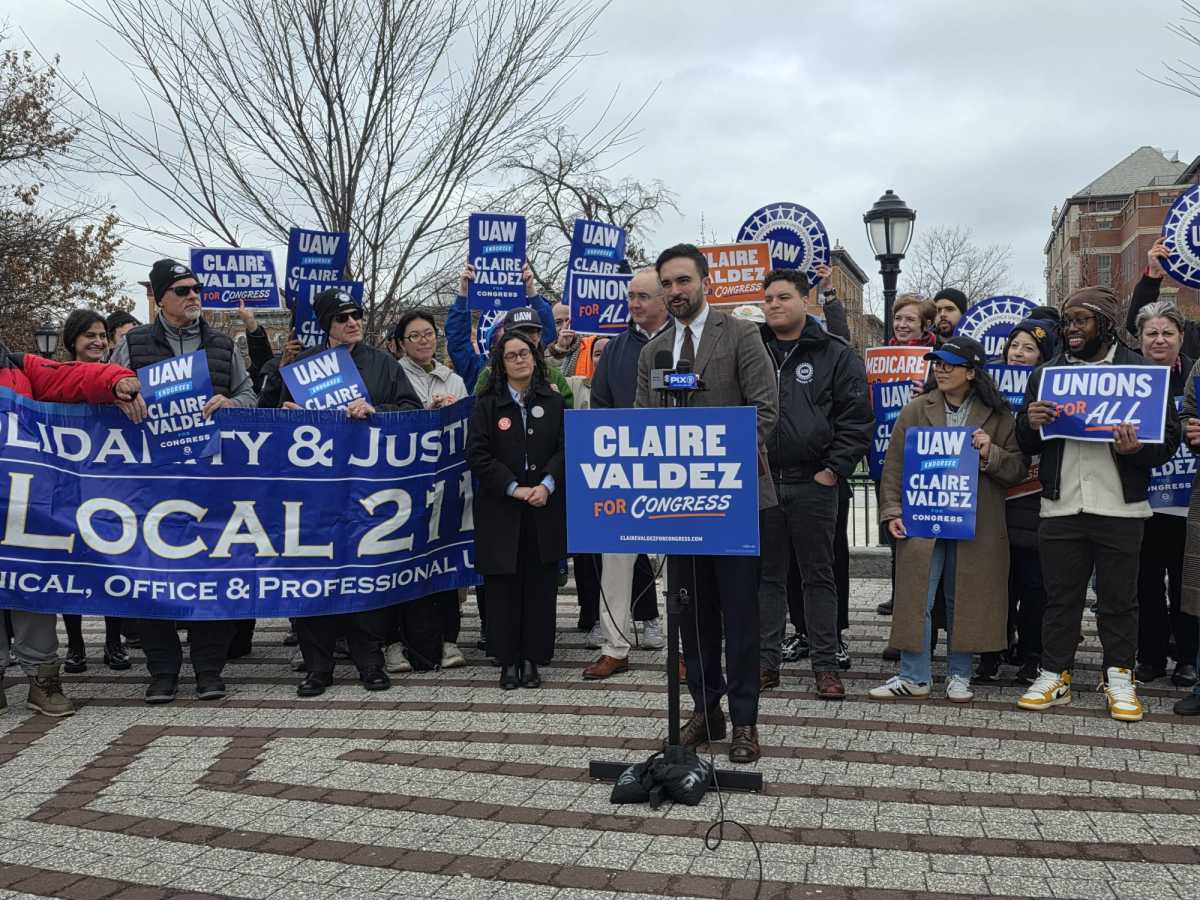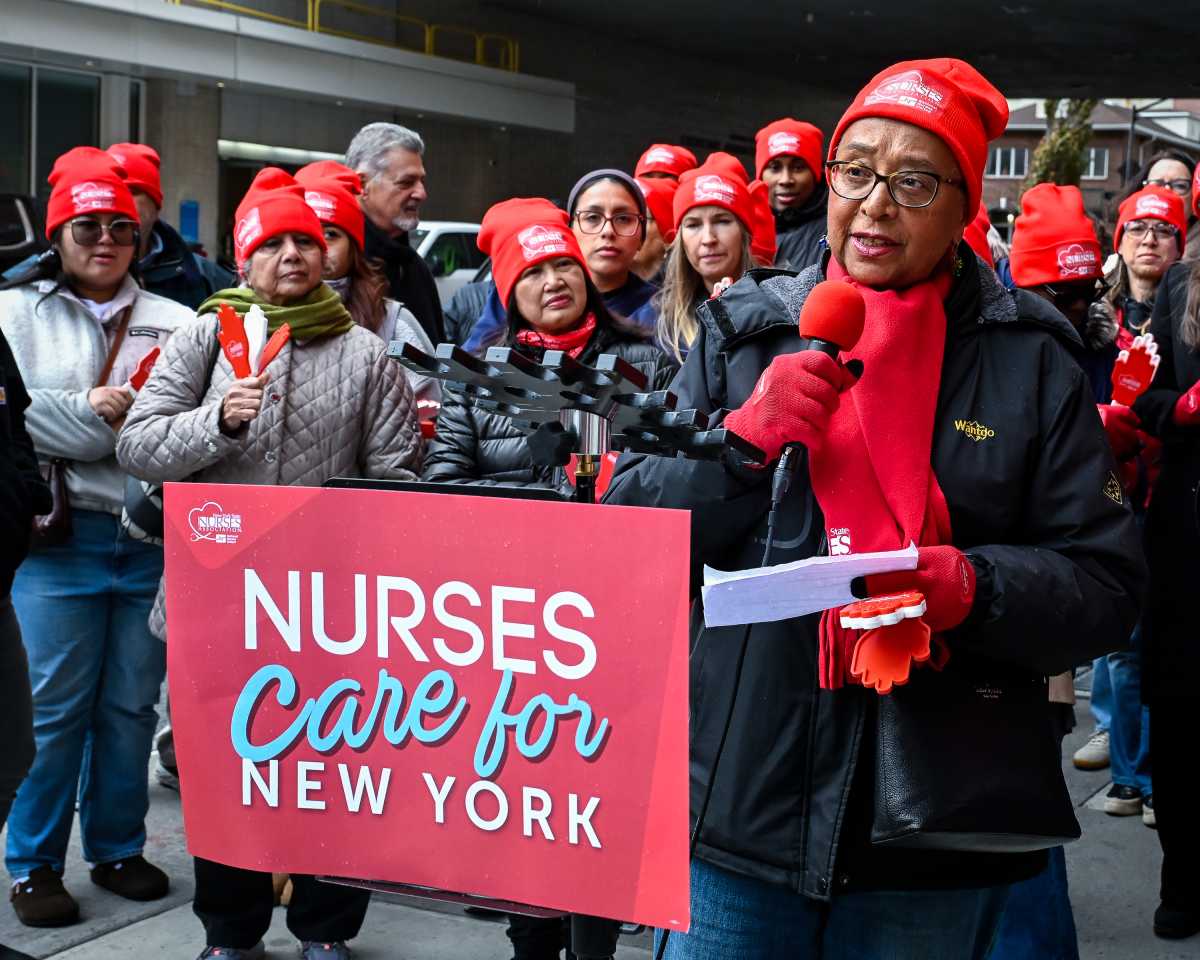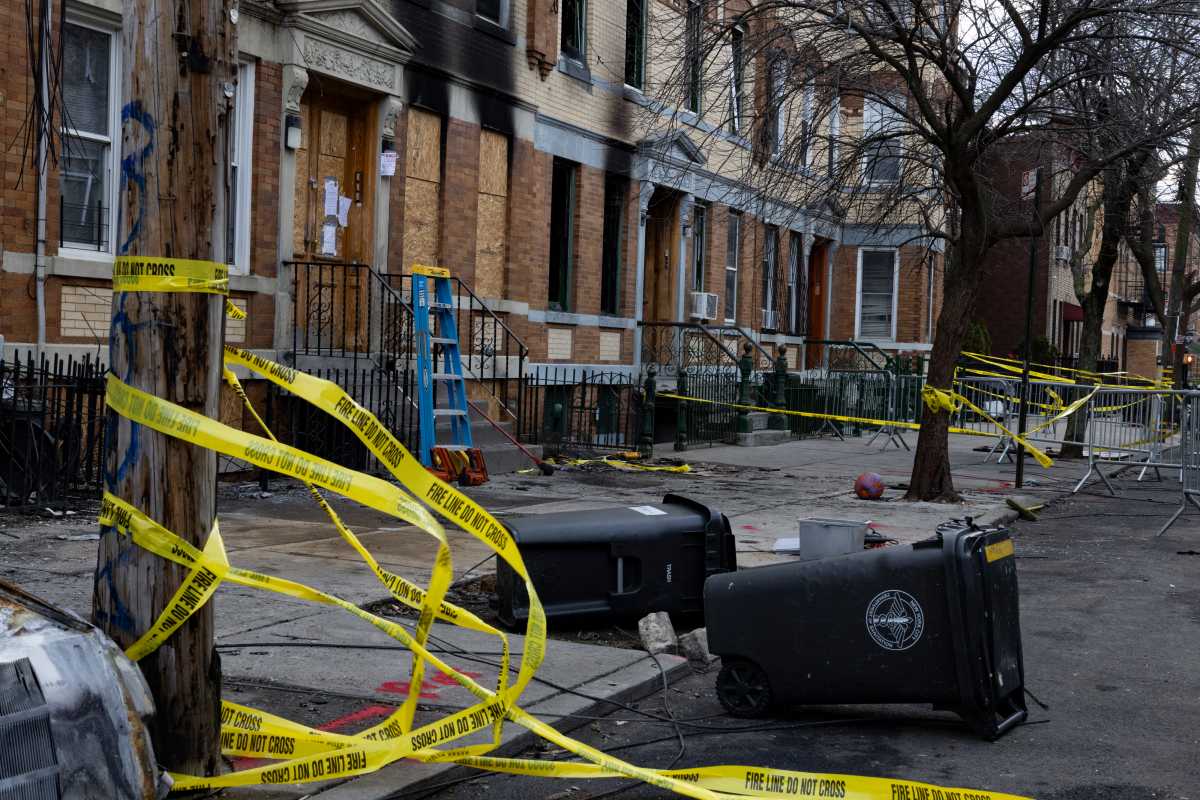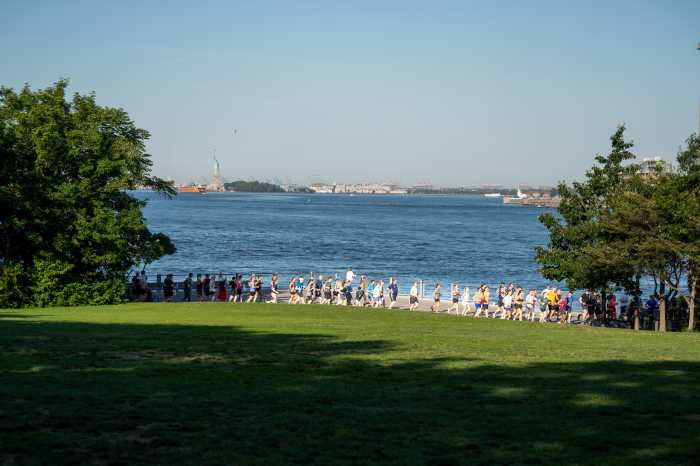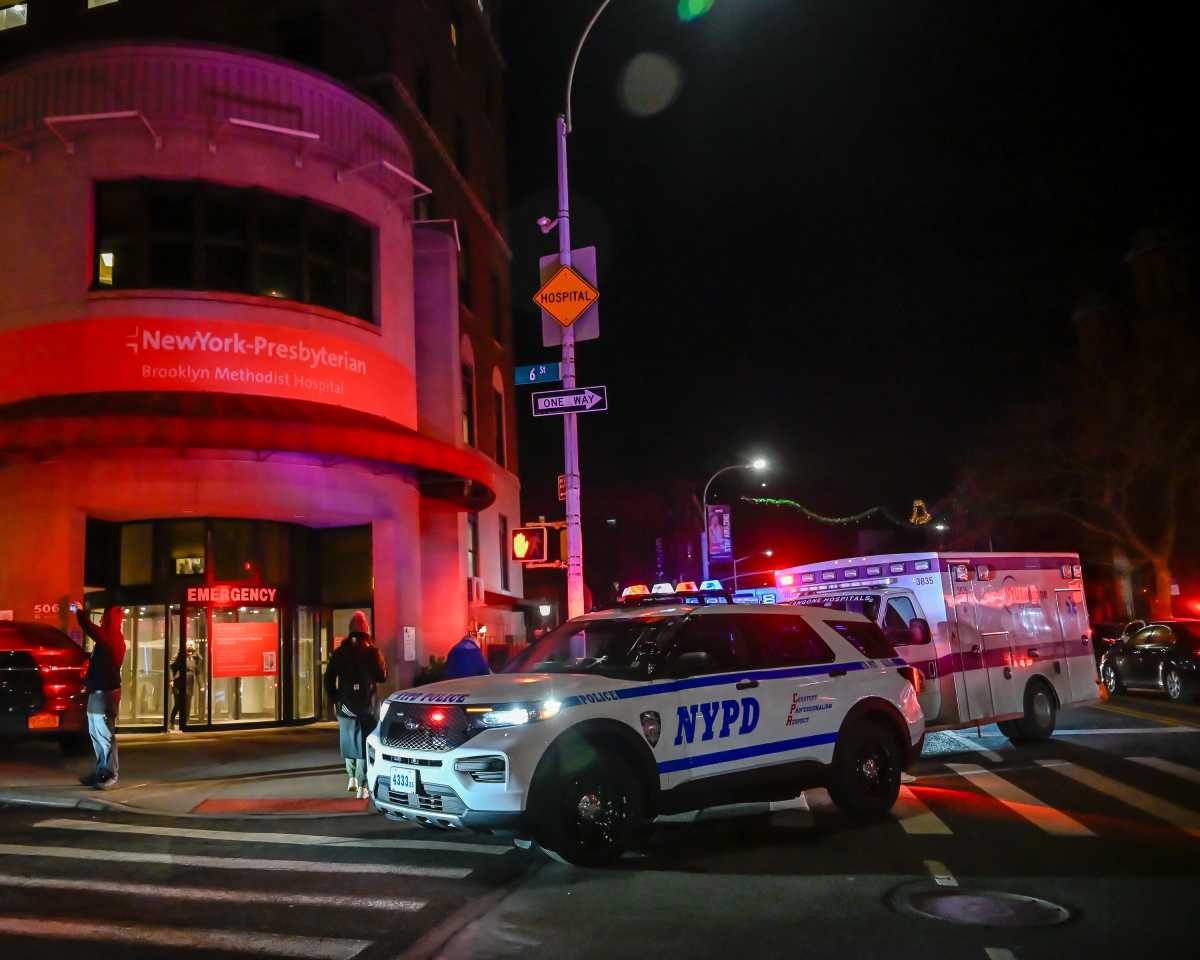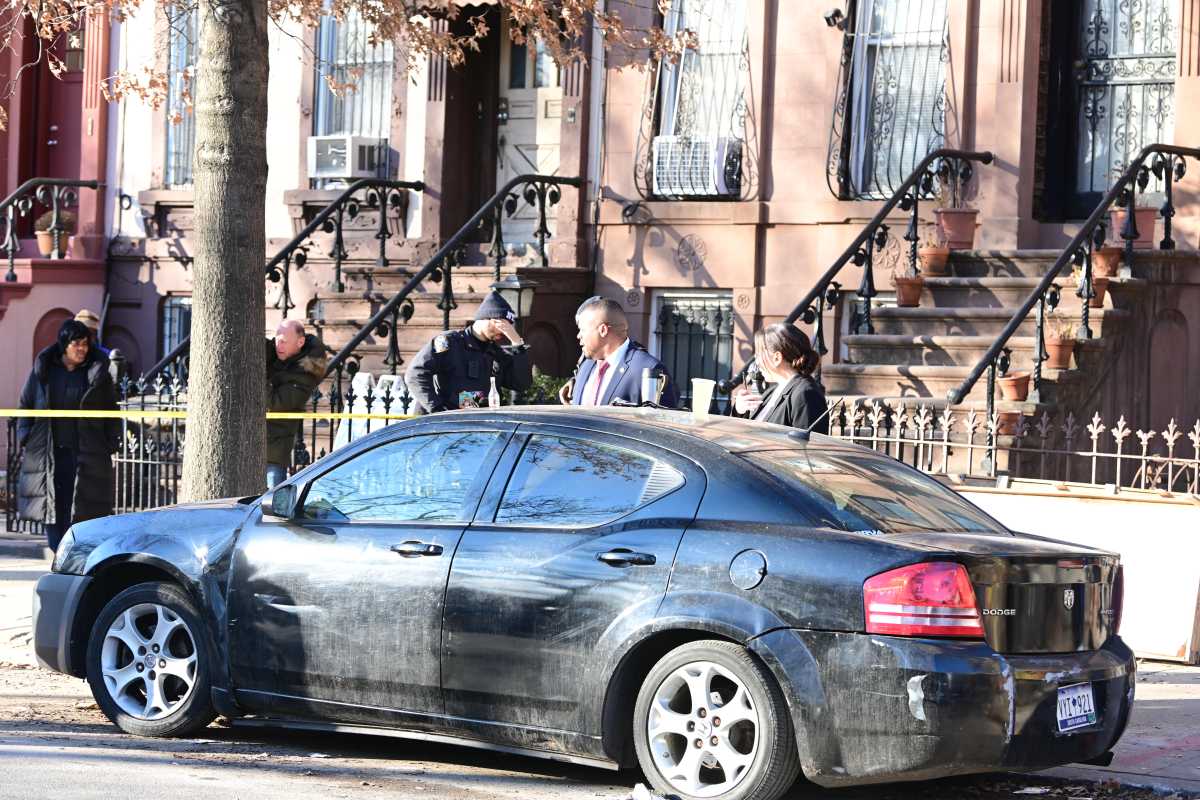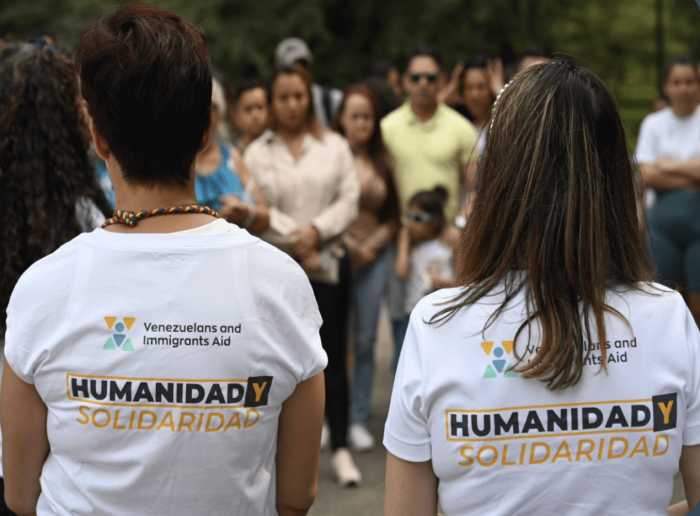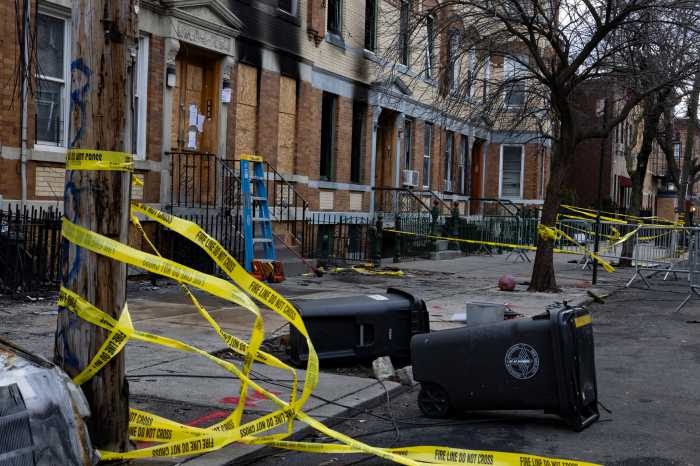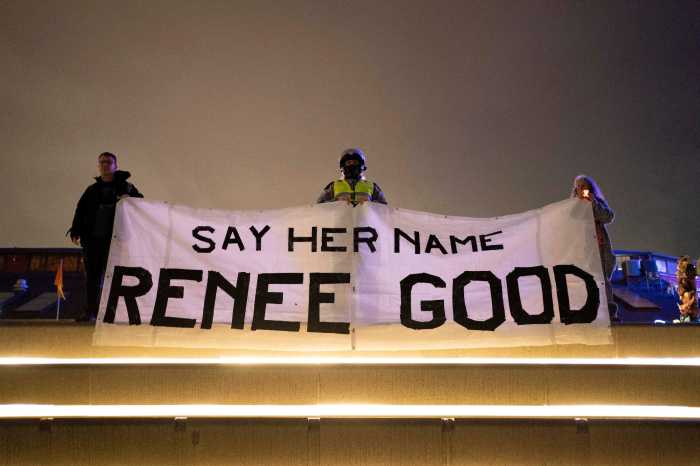
The Hudson River Park Trust dealt with unauthorized vehicles in its bicycle and pedestrian greenway in the years leading up to the terror attack last October — and it’s still unclear what permanent safety improvements will come to keep drivers out.
Before terror suspect Sayfullo Saipov allegedly rented a pickup truck and struck and killed eight people in the pathway on Halloween, at least 24 people were caught illegally driving their cars on what is considered the nation’s most heavily-used greenway dating back to December 2012, according to Hudson River Park Trust vehicle incident reports filed by police officers.
Many of the incidents involved drivers looking to navigate around pier entrances or the adjacent West Side Highway, leading some to argue that the reports highlight that officials knew the greenway was too easily accessible to motor vehicles and did not do enough to neutralize potential safety threats to the thousands of path visitors each day. Immediately after the terror attack, the state and city turned to concrete barriers as a temporary solution, though cyclists consider the changes ill-fitting for the space.
“There have been so many incidents in the past that people should not have been able to gain the access to these bike paths,” said Paige Butler, an attorney representing the parents of Darren Drake, a 32-year-old New Jersey man who was killed in the attack, who have filed notices of claim against the city and state.
“There have been individuals who have driven on the path because they were intoxicated or because there was poor signage in the area and it just wasn’t clear,” Butler continued. “It would have taken something as simple as a barrier to prevent this horrible incident. The entities involved should be held accountable for not properly securing this bike path … all of the agencies had notice. They had the duty to take precautions, and they didn’t.”
During just one day last July, the city counted 7,615 cyclists riding through midtown on the greenway, a popular route for commuters and recreational riders alike that is overseen by a variety of agencies. The state’s Department of Transportation manages the greenway and the Hudson River Park Trust, a state public benefit corporation, maintains it.
Advocates and elected officials have argued in the past that the greenway and its various intersections and access points from the West Side Highway were not sufficiently safe, creating hazards for cyclists looking to access the greenway where vehicles also crossed the path to access piers on the waterfront.
Eric Ng, 22, was killed in 2006 while riding his bike on the greenway after being struck by a drunken motorist driving on the path. Of the 24 more recent reports of vehicles on the path, at least six involved Taxi & Limousine Commission-licensed drivers who were either driving on the greenway or within it to drop off passengers, near piers.
After the attack last October, the city and state worked to install concrete barriers at 57 intersections to prevent vehicle access. Cyclists bristled that the barriers were excessive, crude and introduced their own safety hazards by limiting greenway capacity and creating new bottlenecks. A spokeswoman for the state DOT at the time promised that the barriers were a short-term fix and that the department was working “expeditiously” to bring permanent safety improvements.
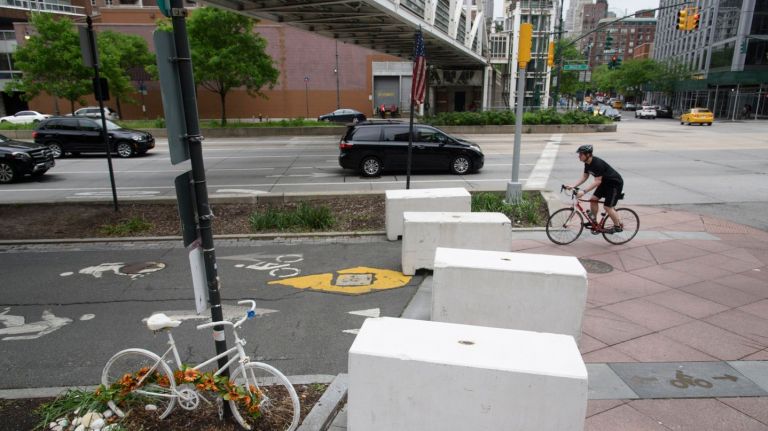
But as the summer approaches and crowds flock back to the path, the same barriers are still in use. Paul Steely White, the executive director of the advocacy group Transportation Alternatives, which has led the charge for a safer greenway, said some of the temporary barriers on the greenway are about five feet apart.
He worried that permanent solutions will be equally constraining and was frustrated that the agencies involved are still relying on the current barriers as warm weather returns.
“We’re really hoping that the authorities — the city and the state — can thread the needle here because there’s a danger that the greenway will sort of be barricaded into submission and will be unusable or unacceptably dangerous for everyday users,” White said. “Our focus is on making sure that the permanent measures that are put in place not only prevent vehicles from entering the greenway but also allow for safe passage for the multitudes of New Yorkers who use the greenway every day.”
The Hudson River Park Trust and the state DOT declined requests for interviews but provided statements.
“Safety and security are top priorities for the trust,” a Hudson River Park Trust spokesman said in a statement. “While we have a general maintenance contract for the bikeway, it’s owned by the State Department of Transportation, and that agency is responsible for any structures and security measures within it, including barricade and bollard placement.”
Joe Morrissey, a spokesman for the state DOT, said in a statement that the department is working with a variety of agencies to craft the long-term fixes, including the trust, the state’s division of Homeland Security and Emergency Services, the NYPD Counterterrorism Bureau and the New York City Department of Transportation.
Morrissey noted that each location where there are currently concrete barriers comes with “unique challenges.” There are buried utilities and vehicle access points that must be maintained for construction zones and waterfront attractions like the Intrepid, sightseeing cruises and Chelsea Piers.
Morrissey did not provide a specific timeline for permanent greenway improvements, but said the changes will “protect the bikeway while allowing its many users to safely enjoy this very popular facility.
“Very soon, we will begin rolling out the permanent solution in stages as we address the individual requirements of each location,” Morrissey said. “Bollards, security gates and high curbs are some of the elements that will be included.”



